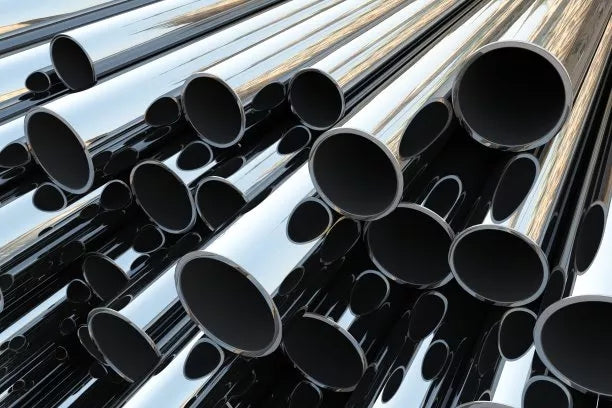Navigating metric tubing sizes can be frustrating—especially when sourcing stainless steel tubing for precision applications like medical devices, food processing lines, or aerospace systems. Confusing terminology, inconsistent measurements, and material compatibility concerns often delay projects. This guide simplifies stainless steel metric tubing sizing with clear charts, practical selection tips, and real-world context.
Why Metric Tubing Sizes Matter in Stainless Steel Applications
Unlike imperial tubing, metric dimensions (measured in millimeters) offer standardized precision critical for:
- Medical/Bioprocessing: ISO 13485-compliant systems requiring exact 6mm, 8mm, or 10mm OD tubing
- Food & Beverage: 3A-sanitary certified lines with crevice-free 12mm or 15mm diameters
- Industrial Hydraulics: High-pressure 316L stainless tubing in 4mm, 6mm, or 12mm OD
Stainless Steel Metric Tubing Size Chart (OD × Wall Thickness)
Common sizes for 304/316L stainless tubing:
| Outer Diameter (mm) | Common Wall Thickness (mm) | *Pressure Rating (bar) | Typical Applications |
|---|---|---|---|
| 4 | 0.5, 0.7, 1.0 | 120–250 | Chromatography, sensor lines |
| 6 | 0.7, 1.0, 1.5 | 80–180 | Medical gas, lab equipment |
| 8 | 1.0, 1.2, 1.5 | 60–140 | Brewery transfer lines |
| 10 | 1.0, 1.5, 2.0 | 50–110 | Pharma CIP systems |
| 12 | 1.5, 2.0, 2.5 | 40–90 | Hydraulic fittings, dairy |
| 15 | 1.5, 2.0, 2.5 | 30–70 | Steam lines, heat exchangers |
*Based on 316L @ 20°C, water service. Always verify for specific media.

3 Critical Selection Factors Beyond Size
1. Material Grade Compatibility
- 304 (1.4301): Budget-friendly for non-corrosive environments (deionized water, air)
- 316L (1.4404): Mandatory for chlorides, acids, or saline (coastal, chemical plants)
- Electropolished 316L: Required for EHEDG/3A-sanitary applications (Ra ≤ 0.8µm)
2. Connection Type Dictates Tolerances
- Compression Fittings: Require tight OD tolerances (±0.05mm)
- Orbital Welds: Need consistent wall thickness (±5%)
- Sanitary Clamp: Demand perpendicular cut ends (±0.5°)
3. Regulatory Certifications
- ASTM A269: Baseline for industrial tubing
- EN 10305-4: Precision hydraulic tubing
- ISO 1127: Dimensional standards for metric pipes
Common Pitfalls & How to Avoid Them
❌ Mistake: Assuming "metric" = universal dimensions
Solution: Specify regional standards (e.g., DIN vs. JIS metric sizes differ by up to 0.2mm)
❌ Mistake: Overlooking surface finish for hygienic use
Solution: For food/pharma, insist on mill-certified Ra ≤ 0.8µm
❌ Mistake: Ignoring thermal expansion in tight layouts
Solution: Allow 1.5mm/m expansion for 100°C ΔT in 316L systems
Why Eagle Tubing Solves Precision Challenges
While sourcing metric stainless tubing, Eagle focuses on eliminating friction points:
- Batch Traceability: Laser-etched material certs (EN 10204 3.1) on every tube
- Cut-to-Order Accuracy: ±0.03mm OD tolerance for compression fittings
- Sanitary Readiness: Pre-cleaned, bagged, capped tubes with 3.2B finish
Example: A biotech client reduced leak rates by 60% after switching to Eagle’s DN 8mm × 1mm 316L tubes with guaranteed perpendicularity.
Conclusion
Selecting stainless steel metric tubing isn’t just about matching numbers on a chart. It requires understanding material behavior, connection types, and industry-specific standards. By prioritizing precision tolerances, certified materials, and application context, you avoid costly redesigns or compliance failures.
For projects demanding dimensional rigor—whether ISO 13485 medical builds or high-purity process lines—Eagle’s mill-direct tubing ensures consistent quality from blueprint to installation.

